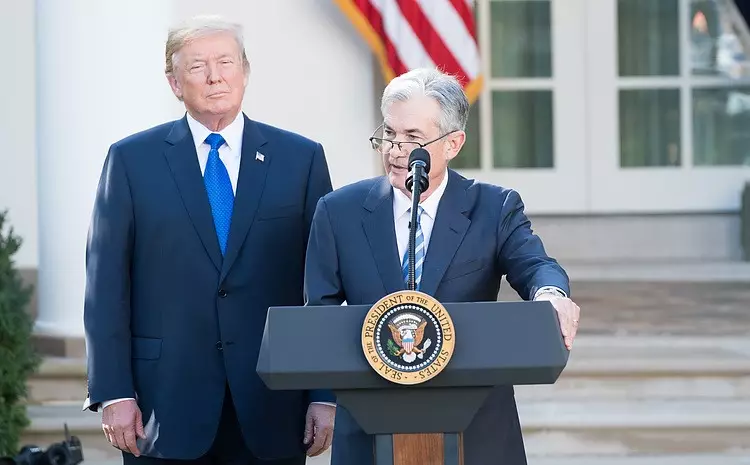In a notable address, Federal Reserve Bank of St. Louis President Alberto Musalem expressed his support for further reductions in interest rates as the U.S. economy progresses. His remarks highlight a cautious but forward-thinking approach to monetary policy, indicating that he sees the path forward as conditional on the economy’s performance. The specter of inflation remains a central concern in his discourse, as Musalem emphasizes the imperative of timing and the balance of risks associated with rate adjustments.
Musalem articulated a reluctance to predict specific rates or timelines for future policy changes. This reflects a mature understanding that economic conditions can shift unpredictably, making adherence to a rigid monetary policy challenging. He pointedly mentioned that he perceives the dangers of easing monetary policy too aggressively at this juncture, which could backfire by triggering sticky inflation—a scenario that would jeopardize the Federal Reserve’s credibility and undermine employment prospects.
The Federal Reserve’s dual mandate focuses on price stability and full employment. As Musalem navigates current economic currents, he acknowledges the balancing act between these two objectives. Inflationary pressures that breach the Fed’s target likely necessitate rate hikes, a strategy intended to moderate spending and borrowing by elevating costs. In contrast, when unemployment rates are alarmingly high or inflation falters below targets, the Fed may find itself compelled to cut rates to stimulate economic activity.
Musalem’s perspective echoes a broader sentiment that the current labor market, while exhibiting signs of cooling, should not be mistaken for a weakening economy. The employment landscape remains robust enough to sustain growth, a point that is critical for policymakers as they contemplate the implications of their monetary actions. Financial conditions today appear conducive to growth, but Musalem warns that uncertainty—both politically and economically—could create headwinds for future expansion.
As Musalem’s comments reverberate through financial markets, the US Dollar Index continues to show fluctuations that merit attention. A lighter dollar typically draws more international investment, especially when the Fed opts for lower rates. However, the Fed’s potential decision-making on interest rates does not exist in isolation; it intertwines with global economic dynamics and investor sentiment, which can lead to significant shifts in market behavior.
The Federal Open Market Committee (FOMC) meets regularly to assess these economic indicators, with the composition of the committee representing a rich tapestry of economic thought from across the country. With twelve attendees, including the Board of Governors and regional Reserve Bank presidents, discussions about monetary policy utilize an expansive range of insights and forecasts, each playing a crucial role in shaping the collective view on the economic state.
In times of economic distress, tools like Quantitative Easing (QE) and Quantitative Tightening (QT) come into play, demonstrating the Fed’s flexibility in addressing economic crises. QE serves as a drastic measure to inject liquidity into a stagnant financial system, where the Fed purchases high-grade bonds to stimulate spending and investment. While effective in circumstances like the Great Financial Crisis of 2008, it also leads to currency depreciation, which can dampen the value of the dollar.
Conversely, QT represents a pivot toward retrenching monetary stimulus. The cessation of bond purchases typically strengthens the dollar by creating scarcity in the currency, thereby signaling the Fed’s commitment to managing inflationary pressures more rigorously.
As President Musalem contemplates future monetary policies, the balancing act of rate cuts versus potential inflation raises intricate questions about the Fed’s long-term strategy. The intertwined nature of economic indicators—from employment statistics to inflation rates—will require ongoing analysis. Policymakers must navigate a complex landscape, accounting for both domestic pressures and global influences. As we look toward potential adjustments in monetary policy, stakeholder vigilance remains paramount to ensure the economic trajectory aligns with broader objectives of stability and growth.

